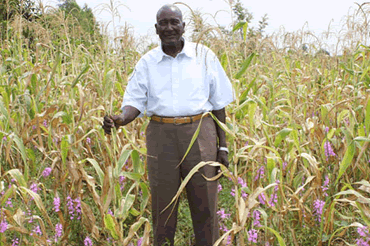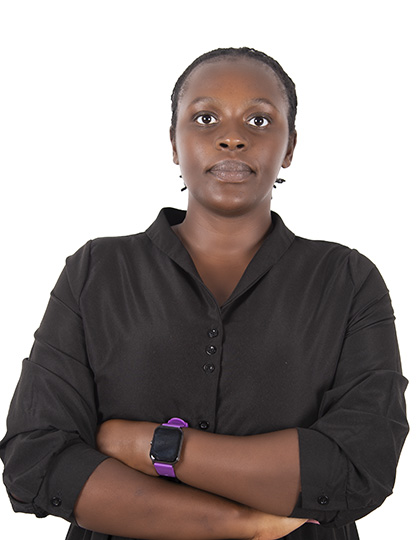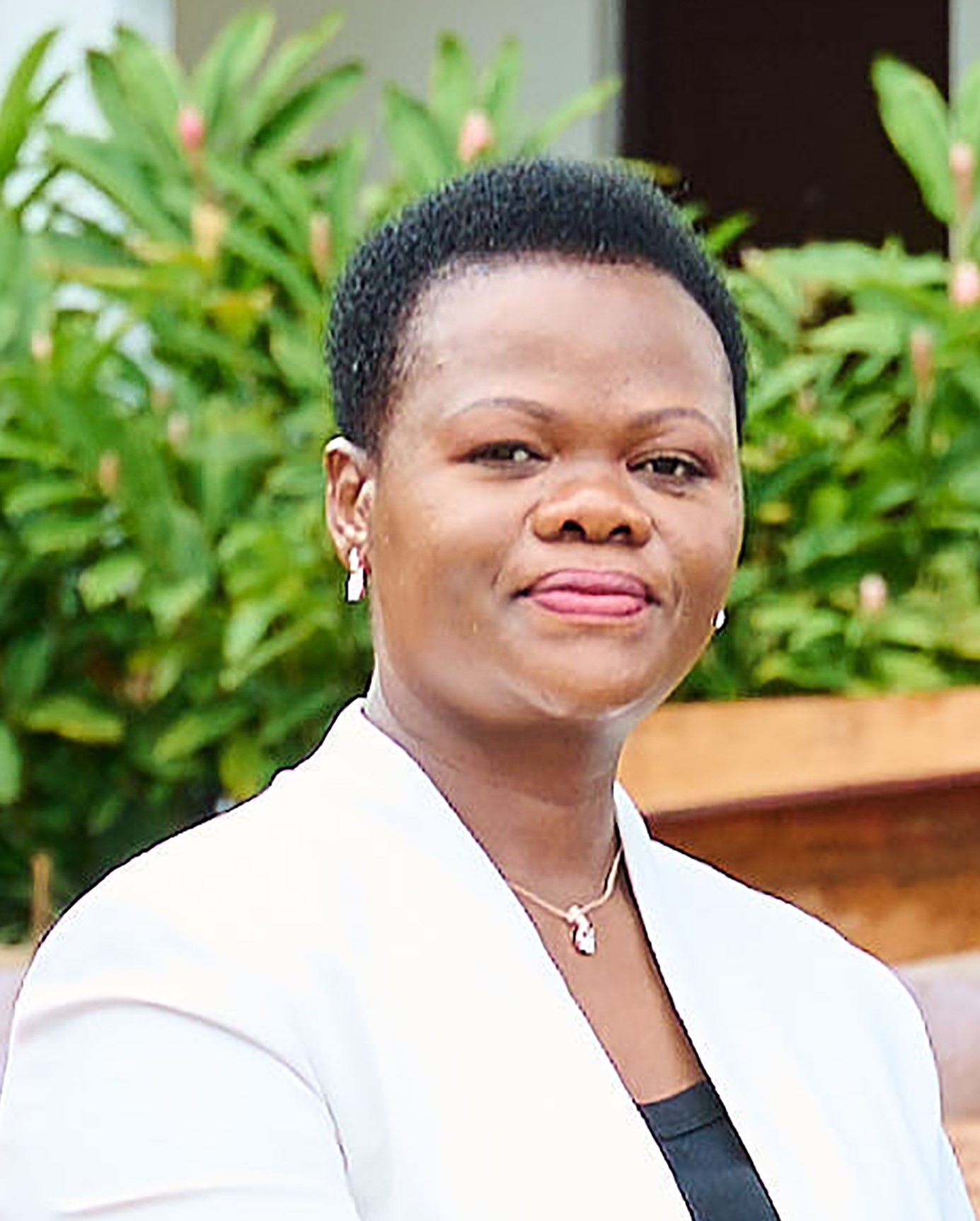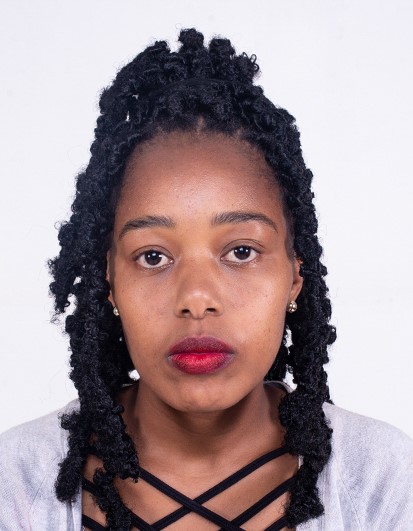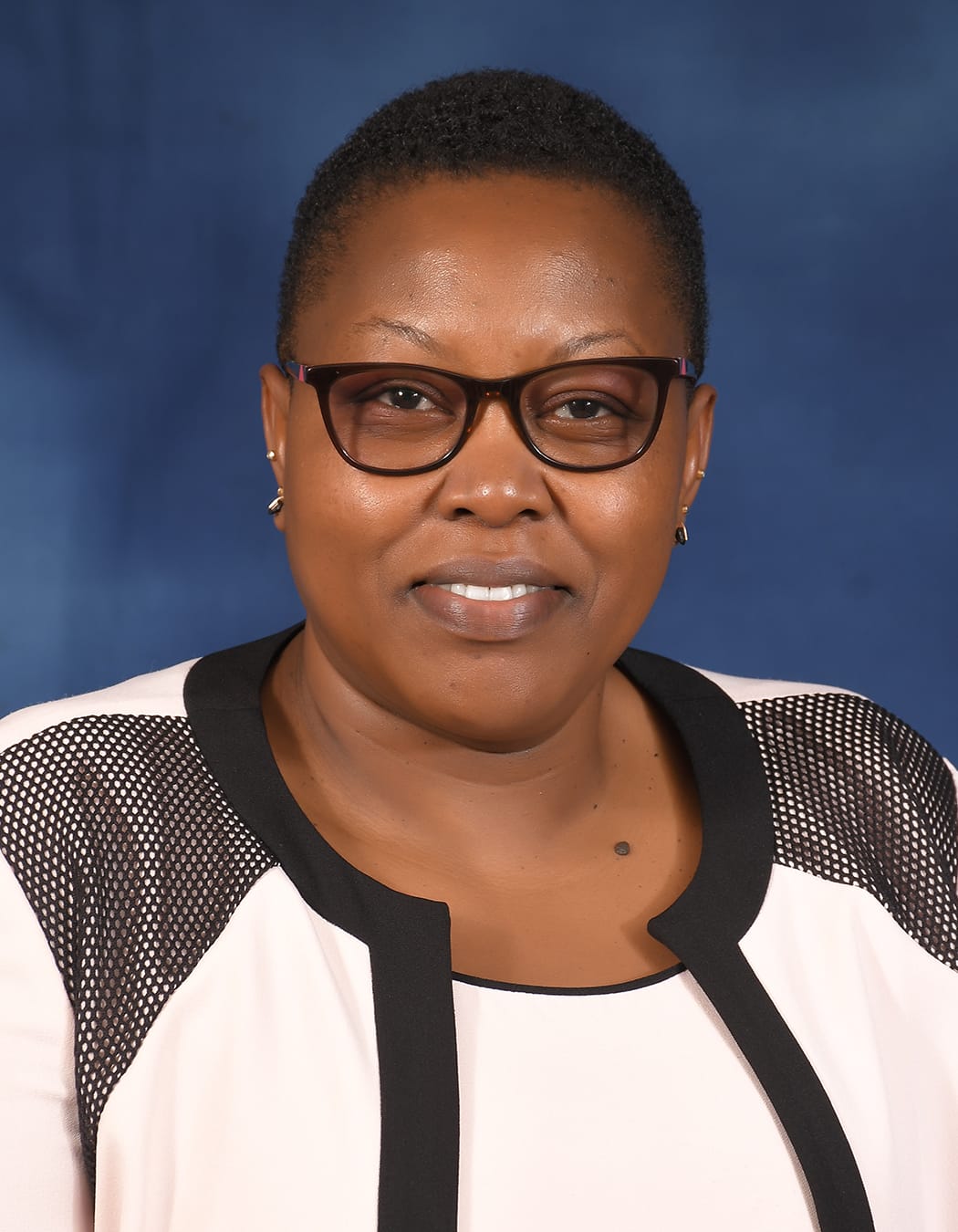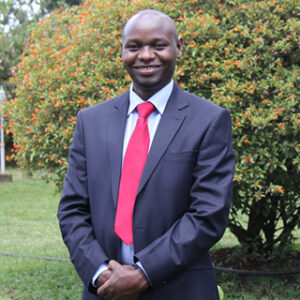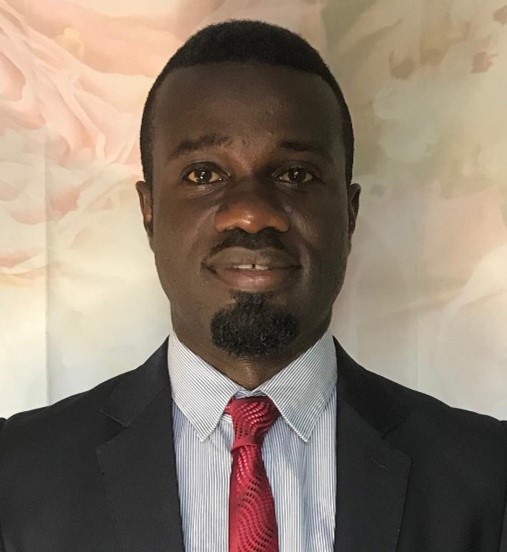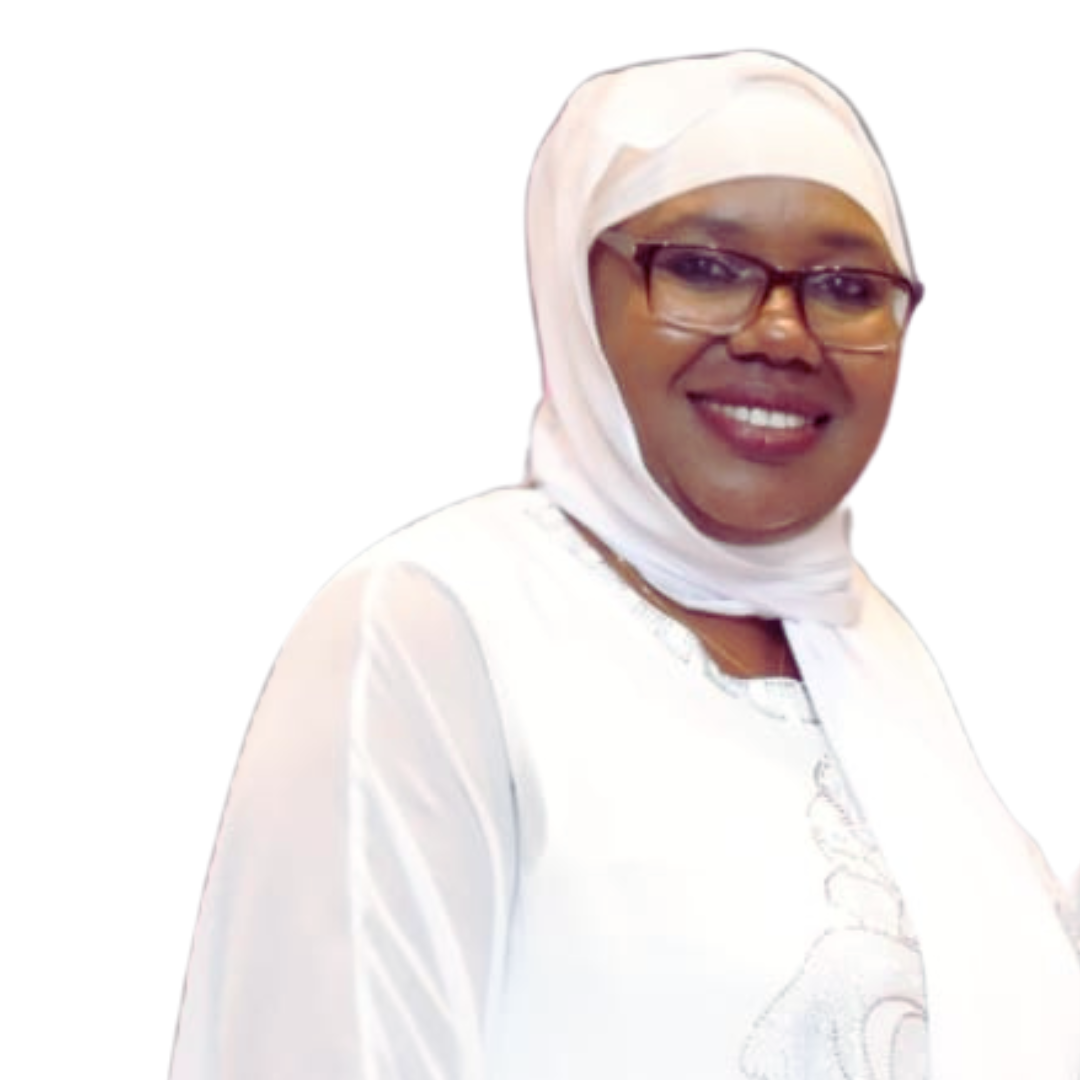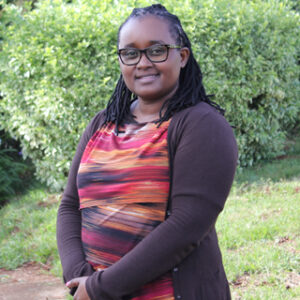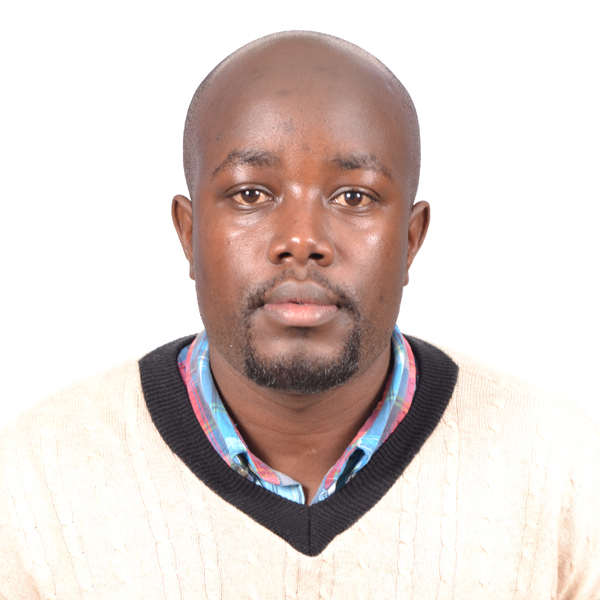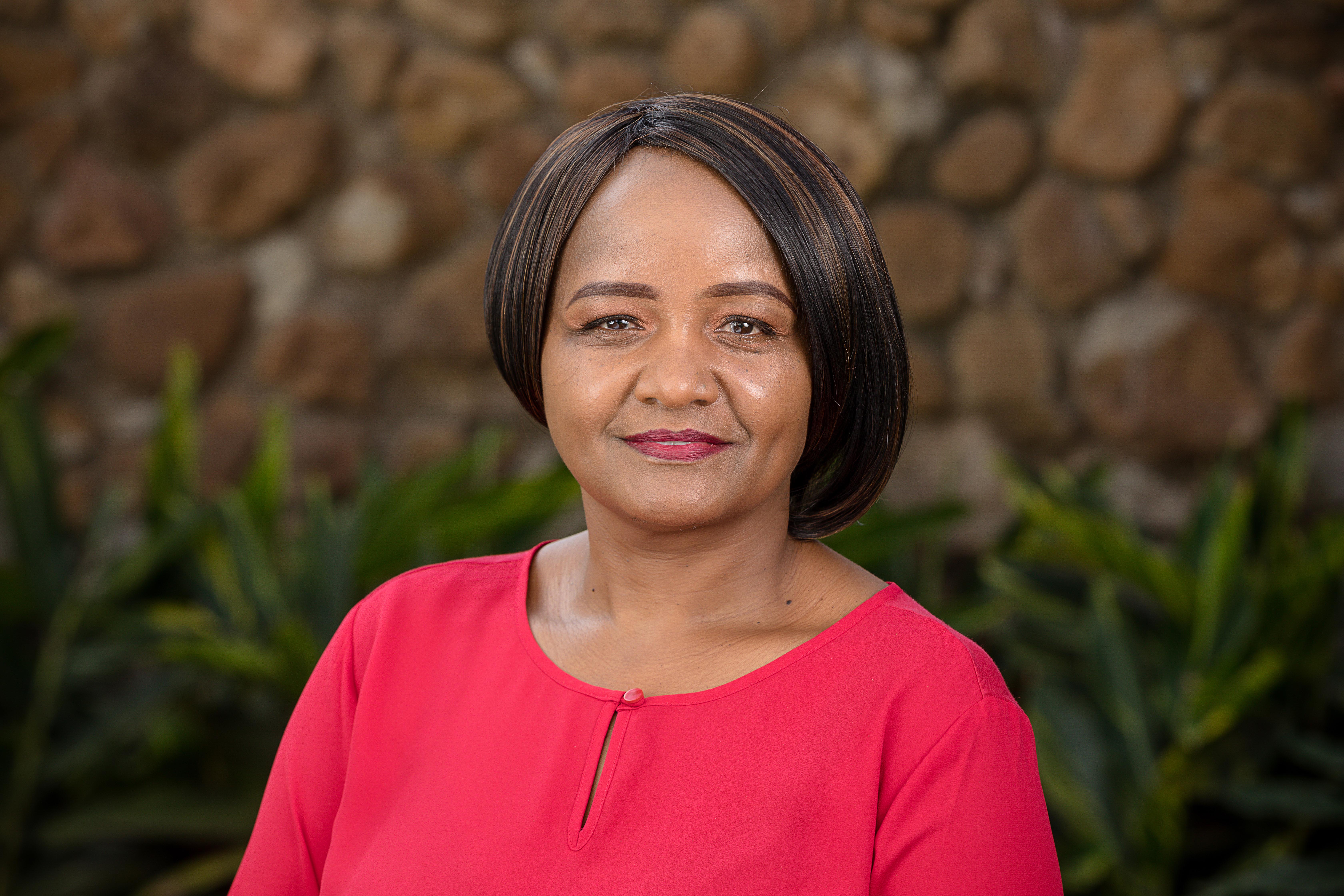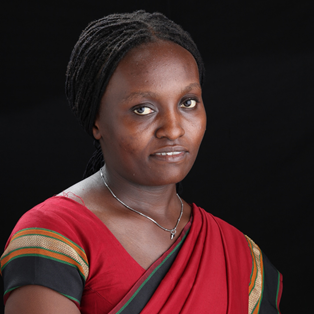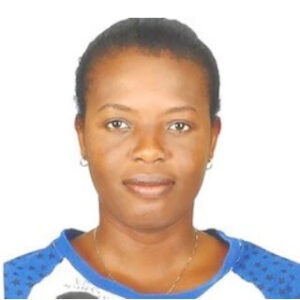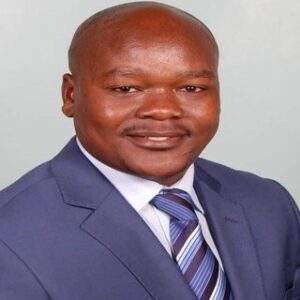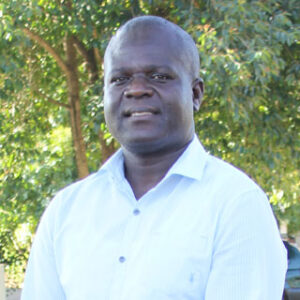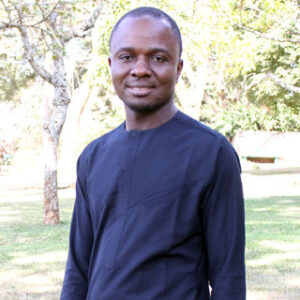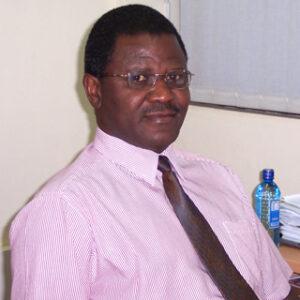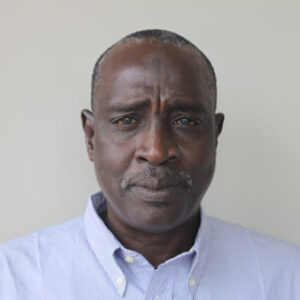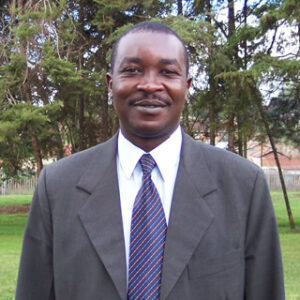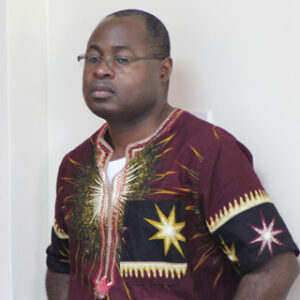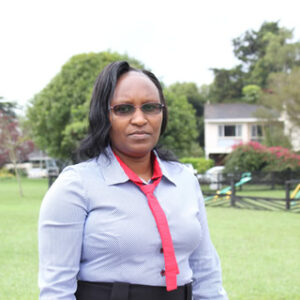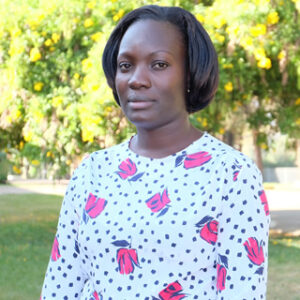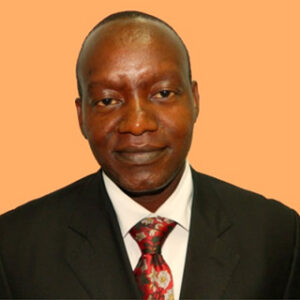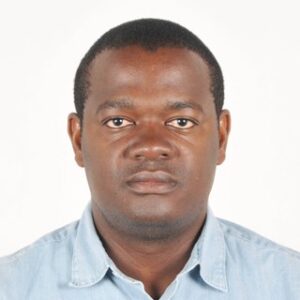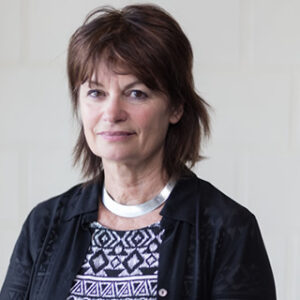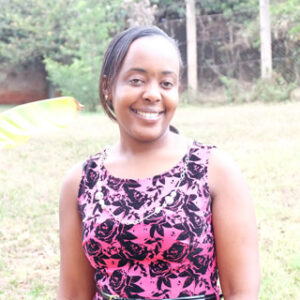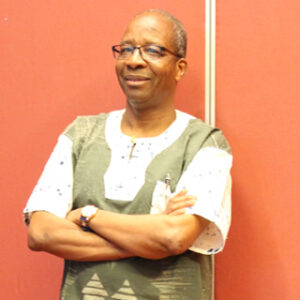- by AATF Africa
“I gave them the worst Striga-infested portion of my land,” says Pastor Timothy Nyagol Ochiel, a farmer in Simbiri village in Rachuonyo, Nyanza Province, Kenya. “Now it is the most Striga-free part of my farm.” He pauses for a while and adds: “I have never seen a wonder seed like this that kills Striga. I never thought that Strigacan be controlled.” He says farmers in the neighbourhood stream in every day to marvel at the development on his farm and ask him where they can get the seed known by its brand name STRIGAWAY or Ua kayongo (kill Striga in the local language).
The Integrated Striga Management in Africa (ISMA) project has been managing a demonstration plot on Timothy’s farm for the last two maize growing seasons, Timothy allowed them to use a 0.25 acre piece of land on his farm which “he had no use for” since no maize would grow there because of the Striga weed infestation. Timothy, who plants maize on 1.5 acres of his land was surprised when he harvested more maize from the demonstration plot than from his 1.5 acres.
Timothy used to get eight bags of maize from the 1.5 acres a few years back but he says the Striga problem is now so bad that he is lucky if he gets four bags. He was surprised that the 0.25 acre demo plot could yield four bags of maize during the first round. Timothy is expecting more maize from this second round of field demonstrations.
On enquiry on why he did not plant the STRIGAWAY seed even after seeing how good it is, he said it was not available in the locality at planting time. Joel Bania, the Western Seed acting Marketing Manager, accepts there was a distribution break-down in the area during this year’s first planting period but they are paying particular attention to ensure that Timothy and other farmers get the STRIGAWAY seed in good time come the next planting season as the Striga menace is particularly bad in the area. Timothy is excited over the prospects of getting this “wonder seed” and promises to compete and beat the demo team.
Joel Bania, the Western Seed acting Marketing Manager (left) discussing availability of the STRIGAWAY maize seed with Timothy in front of the demonstration field.
Asked what he and his neighbours have learnt from the demonstration field, Timothy quickly responds that they have learnt that Striga can be controlled and that by adopting new technologies they can get very good harvests. He quickly computes and contends that he would expect more than 18 bags of maize from his 1.5 acre plot using the new seed.
The ISMA project is a public private partnership that was launched in June 2011 by various partners including the International Institute of Tropical Agriculture (IITA), the International Maize and Wheat Improvement Center (CIMMYT), the International Center for Insect Physiology and Ecology (ICIPE) and the African Agricultural Technology Foundation (AATF). This collaborative effort is developing a package of Striga control options for smallholder farmers in Kenya and Nigeria. ISMA’s main goal is to promote proven Striga management technologies that can be deployed and work in smallholder farming conditions.
Among the technologies being promoted by the project is the use of maize varieties resistant to Imazapyr herbicide. The herbicide is used to coat the maize seeds (STRIGAWAY) which kills the Striga seed as it germinates and before it can cause any damage.

